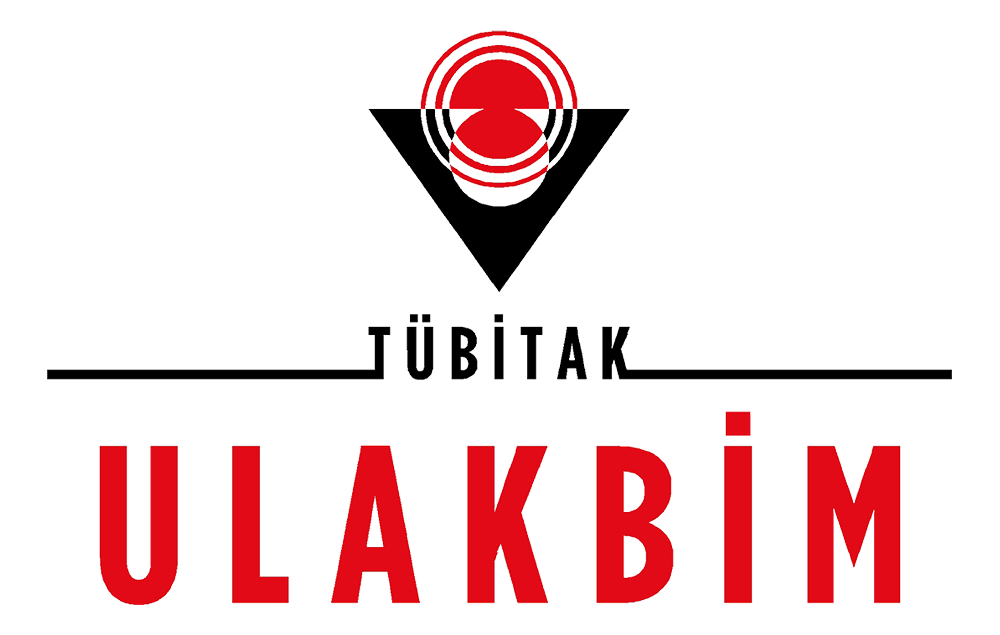
Identification of Vaginitis-Causing Microorganisms Isolated From Vaginal Discharge Cultures and Evaluation of Their Antimicrobial Susceptibility Profiles
Erkan Sanmak1, Zeynep Ayaydin2, Ömer Tammo31Mardin Training and Research Hospital, Medical Microbiology Laboratory, Mardin, Türkiye2Mardin Artuklu University, Faculty of Medicine, Department of Medical Microbiology, Mardin, Türkiye
3Harran University, Faculty of Medicine, Department of Obstetrics and Gynecology, Şanlıurfa, Türkiye
INTRODUCTION: Vaginal infections are often associated with disruption of the normal vaginal microbiota, with bacterial pathogens being the most common causative agents. This study aimed to identify the microorganisms isolated from vaginal discharge samples of patients presenting with vaginal complaints and to evaluate their antimicrobial susceptibility profiles.
METHODS: This retrospective study included 266 patients who presented to the Obstetrics and Gynecology outpatient clinics or inpatient services of XXX Training and Research Hospital with complaints of vaginal discharge and had positive vaginal culture results. Microorganism identification was performed using Gram staining, conventional biochemical methods, and the VITEK-2 system. Antimicrobial susceptibility testing was conducted according to standard laboratory protocols.
RESULTS: Among the isolated microorganisms, 49.3% were Gram-positive bacteria, 48.1% were Gram-negative bacteria, and 2.6% were identified as Candida species. The most frequently isolated pathogens were Escherichia coli (E. coli) (35.7%), coagulase-negative staphylococci (19.9%), Streptococcus agalactiae (14.6%), Staphylococcus aureus (9.3%), and Klebsiella spp. (9.3%). E. coli showed the highest susceptibility to colistin, meropenem, and imipenem, while Gram-positive isolates exhibited the greatest sensitivity to linezolid, tigecycline, and vancomycin.
DISCUSSION AND CONCLUSION: E. coli was identified as the most common pathogen associated with vaginal discharge. Understanding the antimicrobial susceptibility profiles of these isolates is essential for guiding appropriate treatment strategies and preventing recurrent infections and potential complications.
Keywords: escherichia coli, antimicrobial susceptibility, microbial identification, vaginal discharge, vaginitis
Vajinal Akıntı Kültürlerinden İzole Edilen Vajinit Etkeni Mikroorganizmaların Tanımlanması ve Antimikrobiyal Duyarlılık Profillerinin Değerlendirilmesi
Erkan Sanmak1, Zeynep Ayaydin2, Ömer Tammo31Mardin Eğitim ve Araştırma Hastanesi, Tıbbi Mikrobiyoloji Laboratuvarı, Mardin, Türkiye2Mardin Artuklu Üniversitesi, Tıp Fakültesi, Tıbbi Mikrobiyoloji Ana Bilim Dalı, Mardin, Türkiye
3Harran Üniversitesi, Tıp Fakültesi, Kadın Hastalıkları ve Doğum Bölümü, Şanlıurfa, Türkiye
GİRİŞ ve AMAÇ: Vajinal enfeksiyonlar, vajinal mikrobiyal dengenin bozulmasıyla ilişkilidir ve sıklıkla bakteriyel etkenler rol oynamaktadır. Bu çalışmada, vajinal akıntı şikayetiyle başvuran hastalardan alınan vajinal sürüntü örneklerinde izole edilen mikroorganizmaların belirlenmesi ve bunların antimikrobiyal duyarlılık profillerinin değerlendirilmesi amaçlanmıştır.
YÖNTEM ve GEREÇLER: Retrospektif olarak planlanan çalışmaya, XXX Eğitim ve Araştırma Hastanesi Kadın Hastalıkları ve Doğum birimlerine vajinal akıntı yakınmasıyla başvuran ve kültürlerinde mikroorganizma üremesi saptanan 266 hasta dahil edilmiştir. Tanımlayıcı analizlerde Gram boyama, konvansiyonel biyokimyasal yöntemler ve VITEK-2 sistemi kullanılmış; antibiyotik duyarlılığı ise standart protokollerle değerlendirilmiştir.
BULGULAR: İzole edilen mikroorganizmaların %49,3ü Gram pozitif, %48,1i Gram negatif bakterilerden, %2,6sı ise Candida türlerinden oluşmuştur. En sık tespit edilen etkenler Escherichia coli (E.Coli) (%35,7), koagülaz negatif stafilokoklar (%19,9), Streptococcus agalactiae (%14,6), Staphylococcus aureus (%9,3) ve Klebsiella spp. (%9,3) olmuştur. E. coli colistin, meropenem ve imipeneme; Gram pozitif bakteriler ise linezolid, tigecycline ve vankomisine yüksek duyarlılık göstermiştir.
TARTIŞMA ve SONUÇ: Vajinal akıntıya en sık neden olan etkenin E. coli olduğu saptanmıştır. İzolatların antimikrobiyal duyarlılık profillerinin bilinmesi, etkili tedavi planlaması ve komplikasyonların önlenmesi açısından klinik önem taşımaktadır.
Anahtar Kelimeler: escherichia coli, antimikrobiyal duyarlılık, mikrobiyal tanımlama, vajinal akıntı, vajinit
Manuscript Language: English












